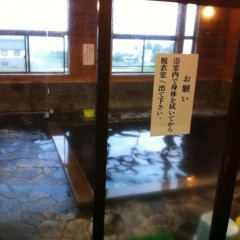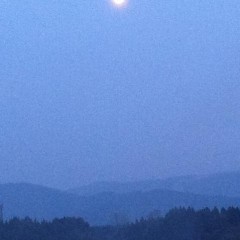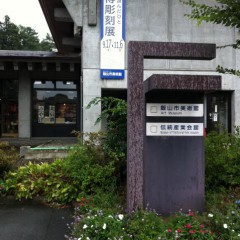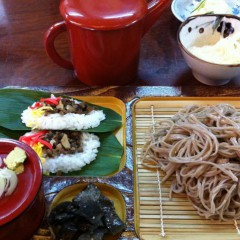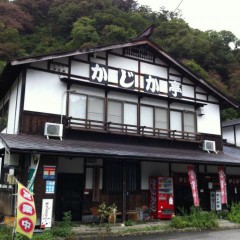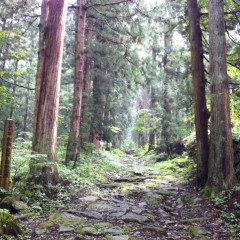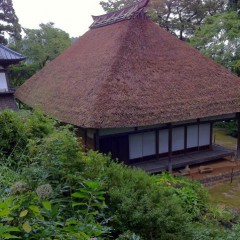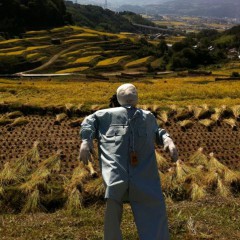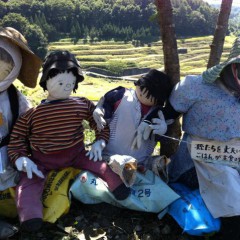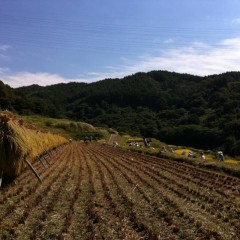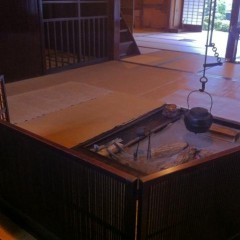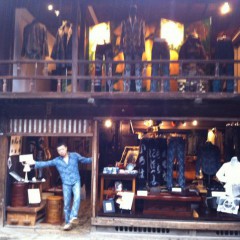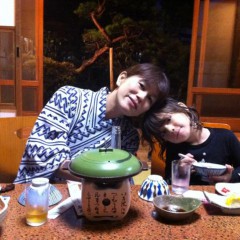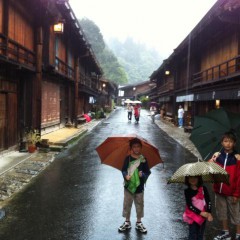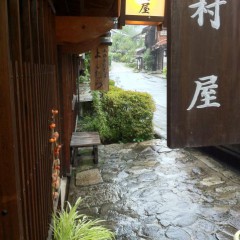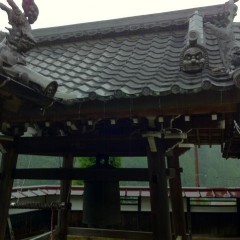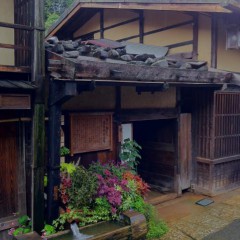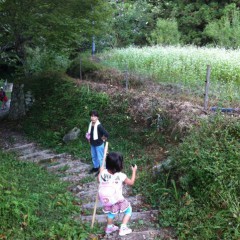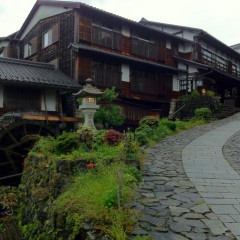長野県の北側の飯山市の商工会は先月に私を講演の為に呼んでくれました。その時に商工会の方が飯山市を案内してくれた。(南沢さん、有難うございました!) 今回は私がうちの家族を連れて、案内して頂いたところを今度案内しました。
飯山市の皆さんの悩みは様々の魅力的な所があるけど、どうやってつなげるかと言う問題だそうです。(まあ、魅力がない町から見れば羨ましい問題だろうけど)
寺の町や仏壇通り、
高橋まゆみ人形館や内田和紙、
菜の花やブナ森、
富倉そばや本多うなぎ、
斑尾温泉・ペンション街や戸狩温泉・民宿街、
とにかくいいパーツは沢山ある;その点をつないで観光客が喜ばれる線(コース)はどうやって作るという問題。
私が感じたのは重要なのが1.観光、2.食事、3.温泉と言う三点セットです。
ご参考に、私どもの選んだのはこのコース:
1.観光: ハイキング@小菅神社の杉並び木
2.食事: 富倉そば「かじか亭」
3.温泉: 戸狩温泉「望みの湯」
お昼ちょっと前に着いたので、まずは上杉謙信の通った道を追いかけて、富倉高原まで登って、有名な富倉そばを食べました。そばパワーを付けてから、今度は降りて、千曲川を渡って、小菅神社奥社の登り口で車を止めました。1.1kmのハイクを楽しんで、その後は登り口の側の喫茶店でおやつを食べました。(この辺の話はまた後日の記事に)
今度は温泉!どれにするか悩みました。小菅の近辺の温泉文化北竜館(ハートの形の北竜館はカップルさん達に人気だそうです)、斑尾温泉か、戸狩温泉か…
結局、もう一回降りて、また川を渡って、戸狩温泉の「望みの湯」に行ってみました。ぬるめのお湯にゆっくり入っていて、飯山の旅の言い終わり方。
最後にお月様が出てきて、見送りしてくれました。いつか飯山旅の第2ラウンドをしたいと思っています!
富倉蕎麦情報:
富倉の新そば祭りはこの2011年に11月13日(日)に開催の予定です。詳しくはかじか亭のHPへ。
戸狩温泉「望の湯」のHPはこちら 私達が行った時に露天風呂が閉じていました(残念!)なので、要チェック。
Iiyama City on Nagano Prefecture's northern tip recently invited me to give a talk. I had the privelege of being escorted around the city for a sightseeing tour. Iiyama's big challenge is how to connect the dots (temple district, doll museum, beech tree forests, soba noodles, Madarao & Togari onsen ski resorts, etc.) into a workable course for visitors.
My suggestion was to make it a 3-part course:
1. Sightseeing
2. Food
3. Onsen bath
I just took our family for a drive to Iiyama, and for consideration, here is the course we took:
1. Sightseeing: hiking at Kosuge Shrine
2. Food: soba noodles at Kajika-tei (in Tomikura)
3. Onsen: Nozomi no Yu in Togari.
We arrived right before noon, so we drove up to Tomikura highlands tracing the route samurai warlord Uesugi Kenshin used to travel. After powering up on a hearty lunch of the unique Tomikura soba noodles, we headed back down, crossed the Chikuma River, and went up to the trailhead for Kosuge Shrine's inner shrine. The 1.1 km trail is lined by impressive cedar trees, and after the hike we were delighted to find a quaint teahouse next to the entrance -- perfect for an afternoon snack. (More about that leg of the trip in a later entry.) Finally we went down and crossed the Chikuma River again to take a dip in Togari Onsen's Nozomi no Yu's bath. A fitting finish to memorable day trip.
Tomikura Soba News:
The New Soba Festival will take place at Kajika-tei this year on Sunday November 13th. More at Kajika-tei's website.
Nozomi no Yu's website is here. Make sure to check ahead of time about the availability of their outdoor bath. (It was unfortunately closed when we went.)
